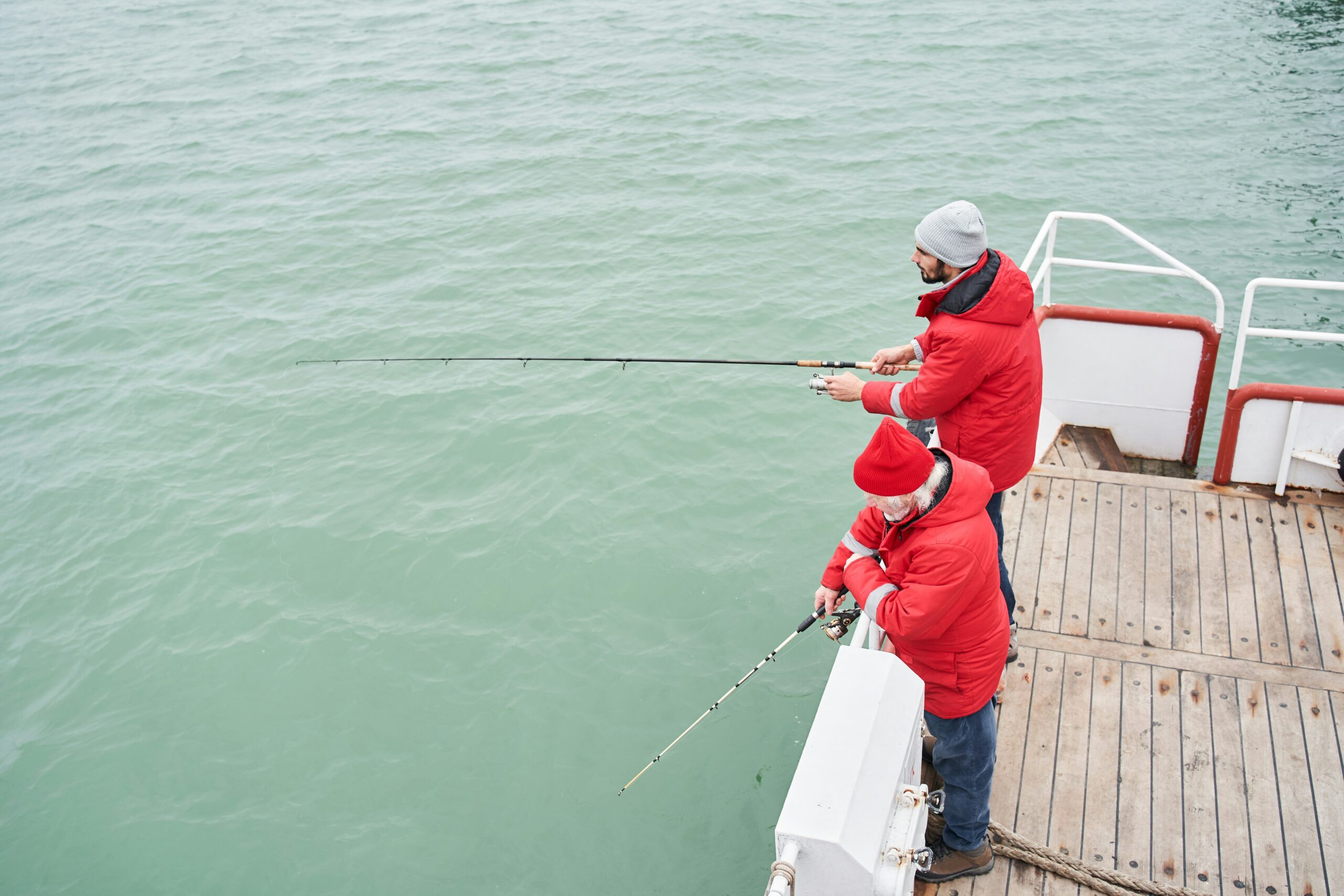
Saltwater fly fishing is an exhilarating and challenging form of angling that has gained popularity among fishing enthusiasts worldwide. Unlike traditional freshwater fly fishing, saltwater fly fishing presents unique challenges and rewards. From the vastness of the open ocean to the diverse species of fish, saltwater fly fishing offers an unforgettable experience for both novice and experienced anglers. In this guide, we’ll explore the essentials of saltwater fly fishing, including gear, techniques, and tips to help you succeed in this exciting sport.
Essential Gear for Salt Water Fly Fishing
To start saltwater fly fishing, you’ll need specific gear designed to withstand the harsh marine environment. Here’s a breakdown of the essential equipment:
Fly Rod: Saltwater fly rods are typically heavier and sturdier than their freshwater counterparts. They range from 8 to 14, with 9 to 12-weight rods being the most versatile. The rod should have a fast action to cast long distances and handle strong fish.
Fly Reel: A quality fly reel with a reliable drag system is crucial. Saltwater fish are known for their speed and power, so your reel must be able to handle long runs and sudden bursts. Look for reels made from corrosion-resistant materials to withstand saltwater conditions.
Fly Line: Saltwater fly lines are designed to cast in windy conditions and handle large flies. Weight-forward floating lines are commonly used, but intermediate and sinking lines are essential for targeting fish at different depths.
Backing: Saltwater fish can take long runs, so ample backing (usually 200-300 yards) is necessary. Choose a durable, high-capacity backing material that can handle the strain.
Leader and Tippet: Leaders for saltwater fly fishing are generally longer and stronger than freshwater leaders. Fluorocarbon leaders are preferred for their abrasion resistance and low visibility in clear water. Tippet strength varies depending on the target species, but a 10-20 lb test is common.
Flies: Saltwater flies mimic baitfish, crustaceans, and other marine prey. Popular patterns include Clouser Minnows, Deceivers, and Crab flies. Stock your fly box with a diverse selection to match the local forage.
Techniques for Success
Saltwater fly fishing requires different techniques than freshwater fishing. Here are some key strategies to improve your chances of success:
Casting: Long, accurate casts are essential in saltwater fly fishing. Practice double-haul casting to achieve greater distance and precision. Windy conditions are common, so learn to cast effectively in various wind directions.
Sight Fishing: In many saltwater environments, sight fishing is preferred. Polarized sunglasses are essential to reduce glare and spotfish beneath the surface. Move slowly and quietly to avoid spooking fish.
Retrieval: Vary your retrieve speed and pattern to imitate the natural movement of prey. Fast, erratic retrieves often trigger aggressive strikes, while slow, steady retrieves can entice more cautious fish.
Tide and Current: Understanding tides and currents is crucial in saltwater fly fishing. Fish often feed during specific tidal movements, so plan your fishing trips around these times. Learn how to read the water and identify productive spots.
Patience and Persistence: Saltwater fly fishing can be demanding, and success often requires patience and persistence. Stay focused and keep casting, even if you still await immediate results.
Target Species
Saltwater fly fishing offers the opportunity to target a wide range of species, each presenting unique challenges and rewards. Some popular saltwater game fish include:
Bonefish: Known as the “ghost of the flats,” bonefish are highly prized for their speed and stealth. They are commonly found in shallow flats and require accurate casting and delicate presentations.
Tarpon: Tarpons are famous for their acrobatic jumps and powerful runs. These large fish can be found in coastal waters, estuaries, and river mouths. Hooking a tarpon on a fly is a thrilling experience.
Permit: Permits are considered one of the most challenging fish to catch on a fly. They have excellent eyesight and are often found in shallow flats. Accurate casting and realistic fly patterns are essential.
Striped Bass: Striped bass are popular targets in coastal waters and estuaries. They are known for their aggressive strikes and strong fights. Striped bass can be caught using a variety of flies and techniques.
Redfish: Redfish are commonly found in shallow coastal waters and marshes. They are known for their powerful runs and willingness to take a fly. Sight fishing for redfish in shallow flats is a favorite method.
Conservation and Ethics
Conservation and ethical practices are vital in saltwater fly fishing, as is any form of fishing. Here are some guidelines to ensure sustainable fishing:
Catch and Release: Practice catch and release to preserve fish populations. Use barbless hooks and handle fish gently to minimize stress and injury.
Respect Regulations: Follow local fishing regulations and size limits. Obtain the necessary licenses and permits before fishing.
Protect the Environment: Avoid damaging sensitive habitats such as coral reefs and mangroves. Dispose of trash properly and minimize your environmental impact.
Educate Yourself: Stay informed about the latest conservation efforts and support organizations dedicated to protecting marine ecosystems.
Saltwater fly fishing offers a unique and rewarding experience for anglers of all skill levels. By equipping yourself with the right gear, mastering essential techniques, and practicing ethical fishing, you can enjoy the thrill of chasing saltwater game fish while contributing to the conservation of marine environments. Whether you’re stalking bonefish on the flats or battling a tarpon in the surf, saltwater fly fishing promises adventure and excitement in every cast.